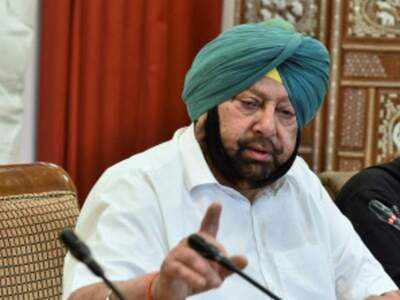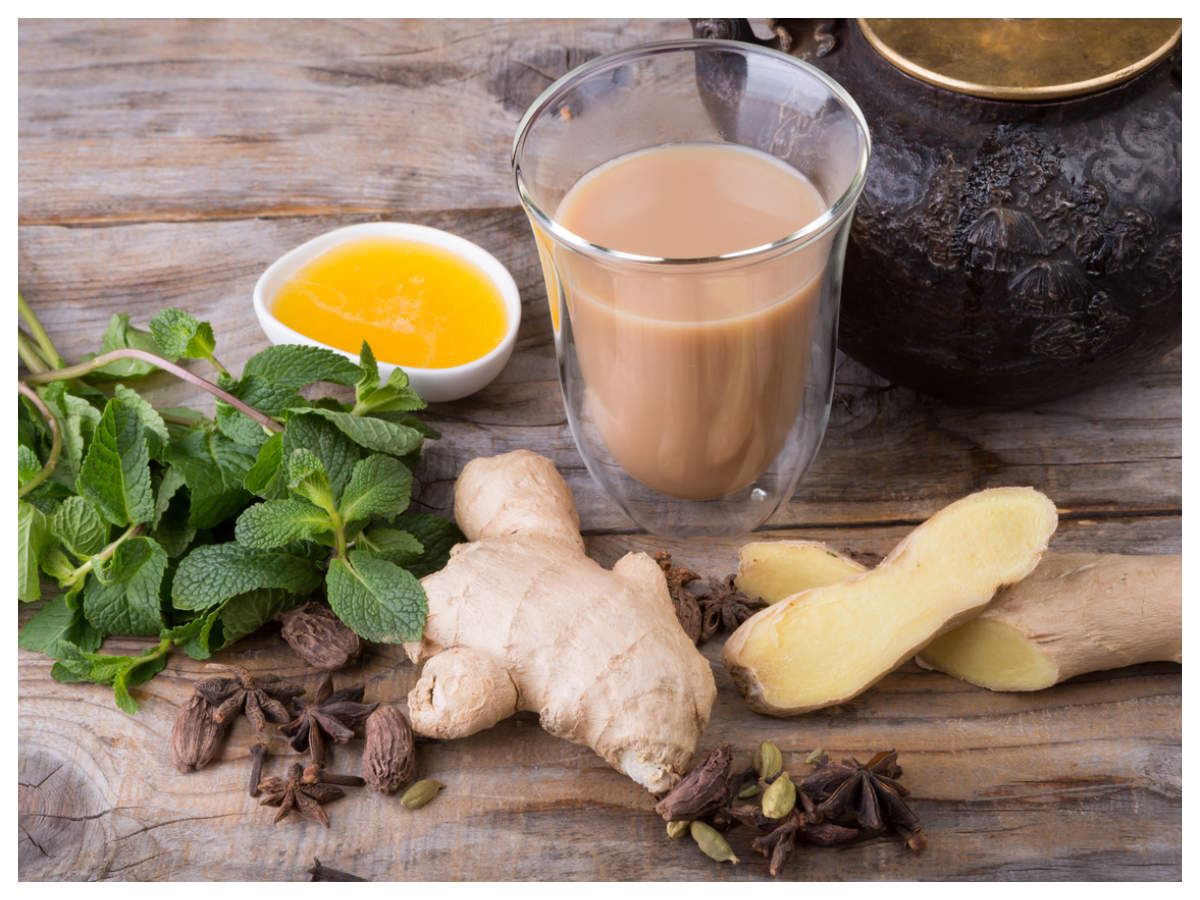
CHANDIGARH: Punjab chief minister Amarinder Singh on Monday said the state was all set to provide 100% potable piped water connections to all the rural households by 2022. He claimed that half of these households already covered with individual household water connections.
In a video conference with Union jal shakti minister Gajendra Singh Shekhawat, Amarinder said that as of April 1, 2020, of the 1634 habitations in which ground water was impacted, 477 had been provided potable water, and the state was committed to covering all rural households with piped water supply connections by March 2022, in line with Punjab’s target even before the conceptualization of Jal Jiwan Mission by the Centre.
Amarinder also sought reduction in GST on treatment plans as well as purification media from the current 18% to 5%, in order to make the Jal Jiwan Mission (JJM) schemes sustainable in the long run. He pointed out that media in the water treatment plans need to be replaced every 2-3 years.
He also urged the union minister to recognise the 1449 Kandi belt villages as `Hill Area’ to reduce the beneficiary contribution, from 10% to 5%, for construction under the Jal Jiwan Mission (JJM).
On Kandi belt villages, Amarinder said the state government had been repeatedly raising the subject with the Government of India for the past two years, but no action had yet been taken. These villages are akin to neighbouring villages of Himachal Pradesh which are receiving funding on a 90:10 sharing basis, with beneficiaries residing there required to contribute only 5% towards the cost of the scheme, he noted. The Kandi belt villages should also be treated at par with DDP and DPAP areas to facilitate the beneficiaries, particularly in view of the high cost of boring tubewells and construction schemes, he added.
As of April 1, 2020, 17.48 lakh households had been covered under universal coverage of groundwater. Of the remaining 1759542 households, 760000 are proposed to be covered in 2020-21, and the remaining in 2021-22. In terms of habitations, the state has already covered 92% of the rural habitations with piped water supply network, and 50% rural households have been provided with individual household water connections, he added.
In a video conference with Union jal shakti minister Gajendra Singh Shekhawat, Amarinder said that as of April 1, 2020, of the 1634 habitations in which ground water was impacted, 477 had been provided potable water, and the state was committed to covering all rural households with piped water supply connections by March 2022, in line with Punjab’s target even before the conceptualization of Jal Jiwan Mission by the Centre.
Amarinder also sought reduction in GST on treatment plans as well as purification media from the current 18% to 5%, in order to make the Jal Jiwan Mission (JJM) schemes sustainable in the long run. He pointed out that media in the water treatment plans need to be replaced every 2-3 years.
He also urged the union minister to recognise the 1449 Kandi belt villages as `Hill Area’ to reduce the beneficiary contribution, from 10% to 5%, for construction under the Jal Jiwan Mission (JJM).
On Kandi belt villages, Amarinder said the state government had been repeatedly raising the subject with the Government of India for the past two years, but no action had yet been taken. These villages are akin to neighbouring villages of Himachal Pradesh which are receiving funding on a 90:10 sharing basis, with beneficiaries residing there required to contribute only 5% towards the cost of the scheme, he noted. The Kandi belt villages should also be treated at par with DDP and DPAP areas to facilitate the beneficiaries, particularly in view of the high cost of boring tubewells and construction schemes, he added.
As of April 1, 2020, 17.48 lakh households had been covered under universal coverage of groundwater. Of the remaining 1759542 households, 760000 are proposed to be covered in 2020-21, and the remaining in 2021-22. In terms of habitations, the state has already covered 92% of the rural habitations with piped water supply network, and 50% rural households have been provided with individual household water connections, he added.

Coronavirus outbreak
Trending Topics
LATEST VIDEOS
City
 Shocking: TikTok star Faizal Siddiqui in trouble after his video ‘glorifying’ acid attack on women
Shocking: TikTok star Faizal Siddiqui in trouble after his video ‘glorifying’ acid attack on women  Ahmedabad: Covid-19 positive man found dead at bus stop, family in dark
Ahmedabad: Covid-19 positive man found dead at bus stop, family in dark  CBSE Class 10, 12 pending exam dates 2020: Revised schedule announced
CBSE Class 10, 12 pending exam dates 2020: Revised schedule announced  Migrant labourers blocked Saharanpur highway, buses carrying migrant workers from Haryana return
Migrant labourers blocked Saharanpur highway, buses carrying migrant workers from Haryana return
More from TOI
Navbharat Times
Featured Today in Travel
Quick Links
Kerala Coronavirus Helpline NumberHaryana Coronavirus Helpline NumberUP Coronavirus Helpline NumberBareilly NewsBhopal NewsCoronavirus in DelhiCoronavirus in HyderabadCoronavirus in IndiaCoronavirus symptomsCoronavirusRajasthan Coronavirus Helpline NumberAditya ThackerayShiv SenaFire in MumbaiAP Coronavirus Helpline NumberArvind KejriwalJammu Kashmir Coronavirus Helpline NumberSrinagar encounter
Get the app





